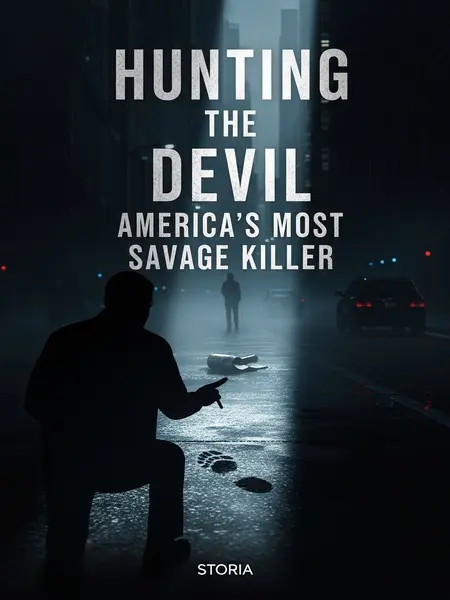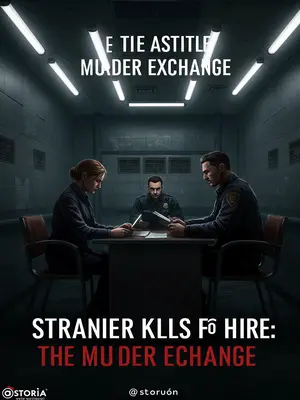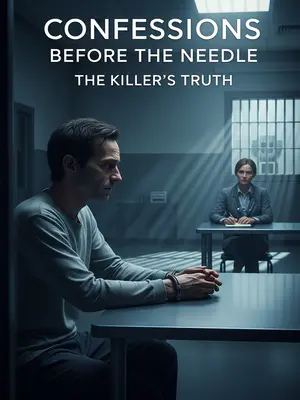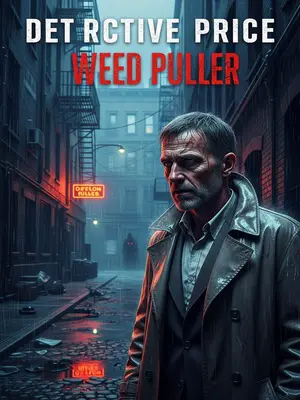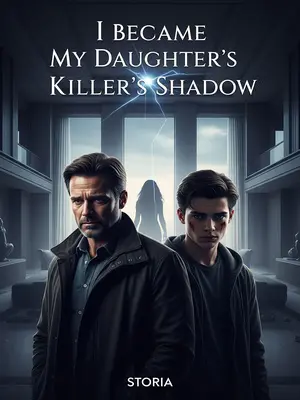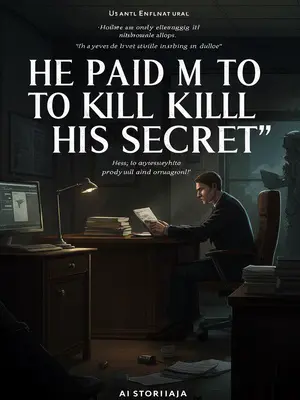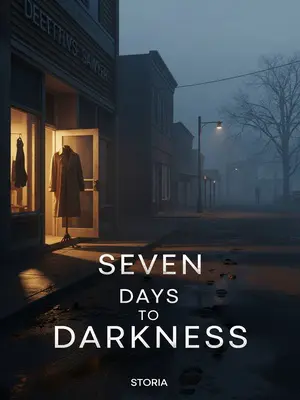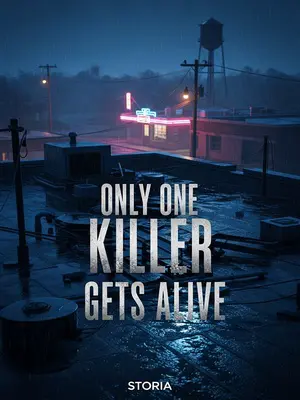Chapter 3: Dead Ends and Wrong Turns
The police threw a wide net. They ran down everyone with a sexual assault record, scoured hospital psych records, checked the DMV for locals with suspicious vehicles. Not a single lead panned out.
Another four months crawled by—and then the killer struck again.
The sixth victim barely qualified as a body. Just a skull—later identified as belonging to a girl with Down syndrome.
The seventh was different: a boy, only eight, found dumped in a patch of woods near Oakridge’s tiny airport. His eyes had been gouged out, his genitals cut off.
That was when Michael realized he’d been wrong. Both the boy and the girl who vanished after piano had used public transportation—not a private car. The killer could be blending in on buses, trains, hiding in plain sight.
He scribbled a new note: What kind of man rides the city bus regularly and never draws suspicion?
By now, the case was bigger than the Oakridge police could handle. It was breaking every rule in the book.
Back then, American cops were convinced serial killers stuck to a pattern—women or children, never both. But this monster killed adult women, little girls, and now boys. Who could be twisted enough to harbor sexual violence toward every kind of victim?
Some whispered he was a pedophile, others guessed a lunatic. Michael’s gut told him they were all wrong. This was something new—something worse.
Michael sat at his desk, hands shaking just enough to slosh the coffee in his mug, and admitted: This was the greatest challenge of his career. He was up against someone more dangerous, more cunning, than anything contemporary criminal psychology had prepared him for.
And then—the case twisted again. Out of nowhere, the police made an arrest.
Was it finally over?
Twenty-four bodies. The killer had started removing every organ, desecrating the corpses.
Michael watched the kid shuffle in, wrists cuffed, eyes wide with terror. He looked more lost than lethal.
Michael met the so-called "murderer" in prison: a young man with an intellectual disability, eyes wide and frightened. One look, and Michael knew the cops had the wrong guy.
The real killer was cold, methodical, nearly invisible. This kid barely understood what was happening, let alone how to commit such crimes.
But the police didn’t care. With the media and the mayor breathing down their necks, they needed a win—even a fake one.
They broke the kid—deprived him of sleep, interrogated him for days. By the end, he confessed to eleven murders—more than he could’ve possibly known about.
The department called a press conference, grinning for the cameras, while the real killer watched the news and smiled.
They paraded him from crime scene to crime scene, hoping for a match. It was a farce—he had no idea where anything was. Police would lead him to the right neighborhood, then nudge him toward the correct alley, and he’d smile for the cameras, pretending to remember.
Worse still, Michael learned other suspects with intellectual disabilities had died by suicide during earlier interrogations. If he didn’t find the real killer soon, this kid would join them.
Meanwhile, bodies kept piling up. The real killer was still out there, getting bolder. The next corpses were discovered with strange new wounds—some had human bite marks on their chests, others were gutted, organs missing. Curiously, their eyes had been left intact.
The pattern had changed. The killer was evolving—maybe taunting them. The city buzzed with rumors, and the police, desperate for answers, were falling further behind.
